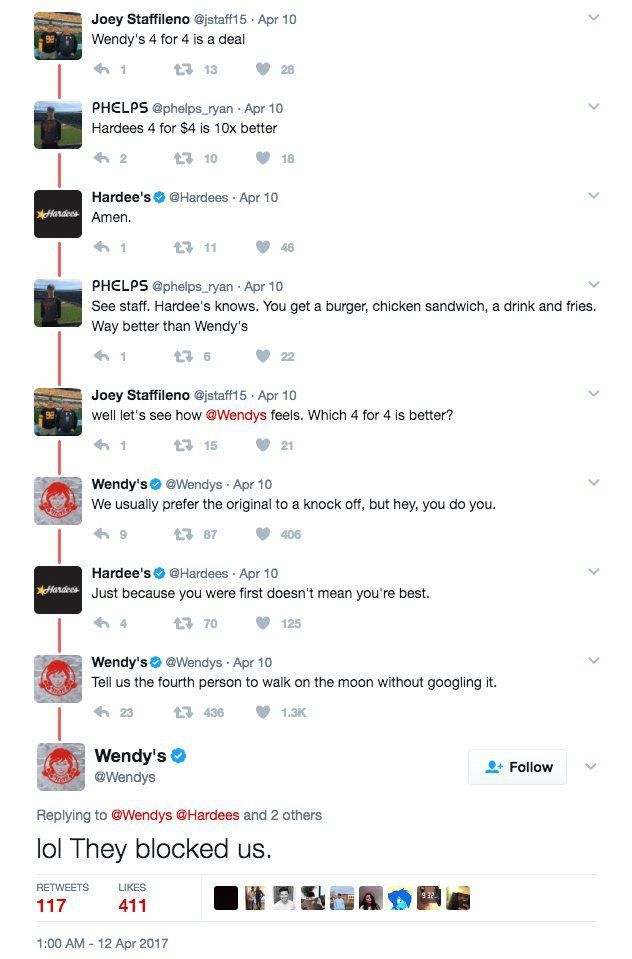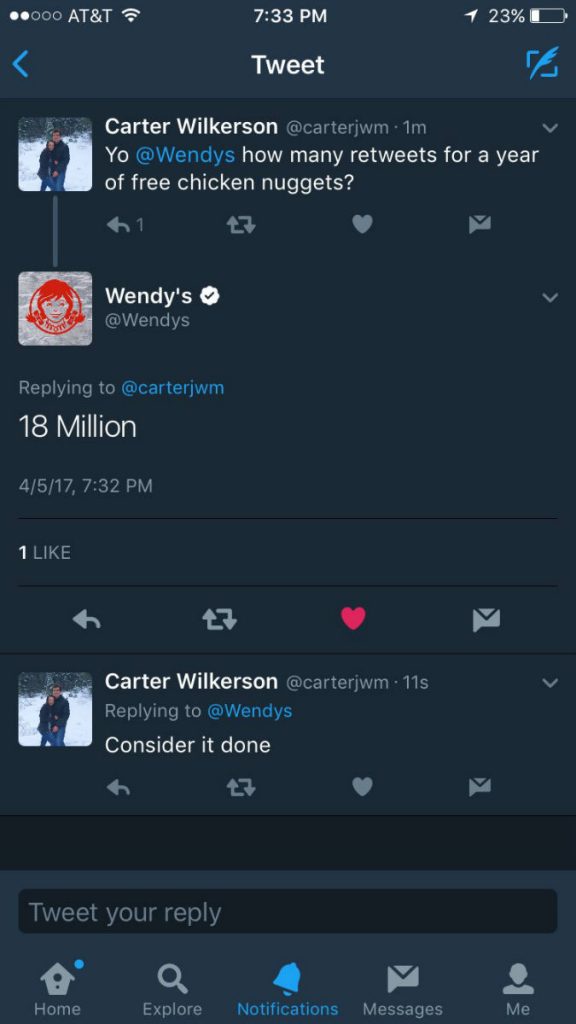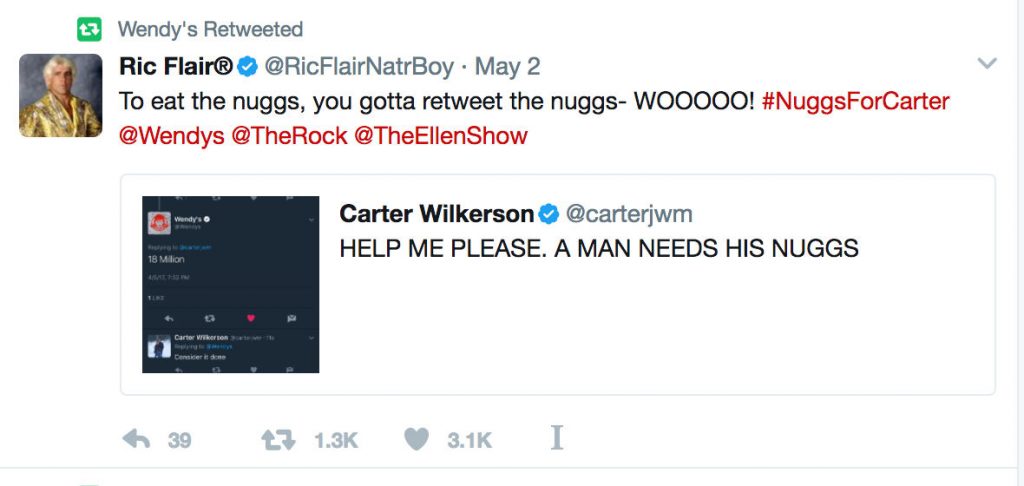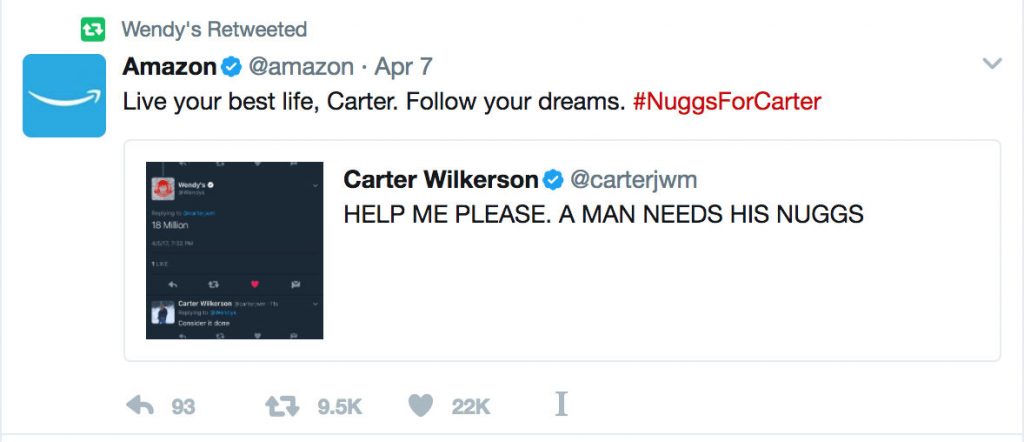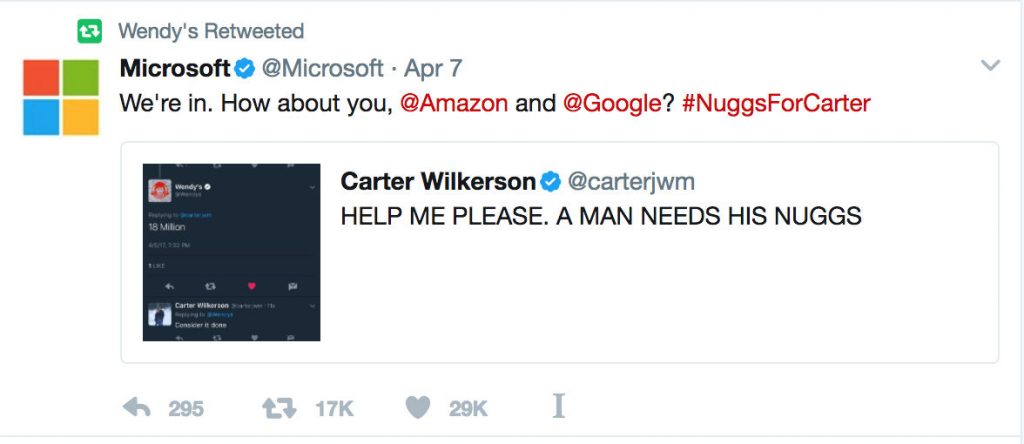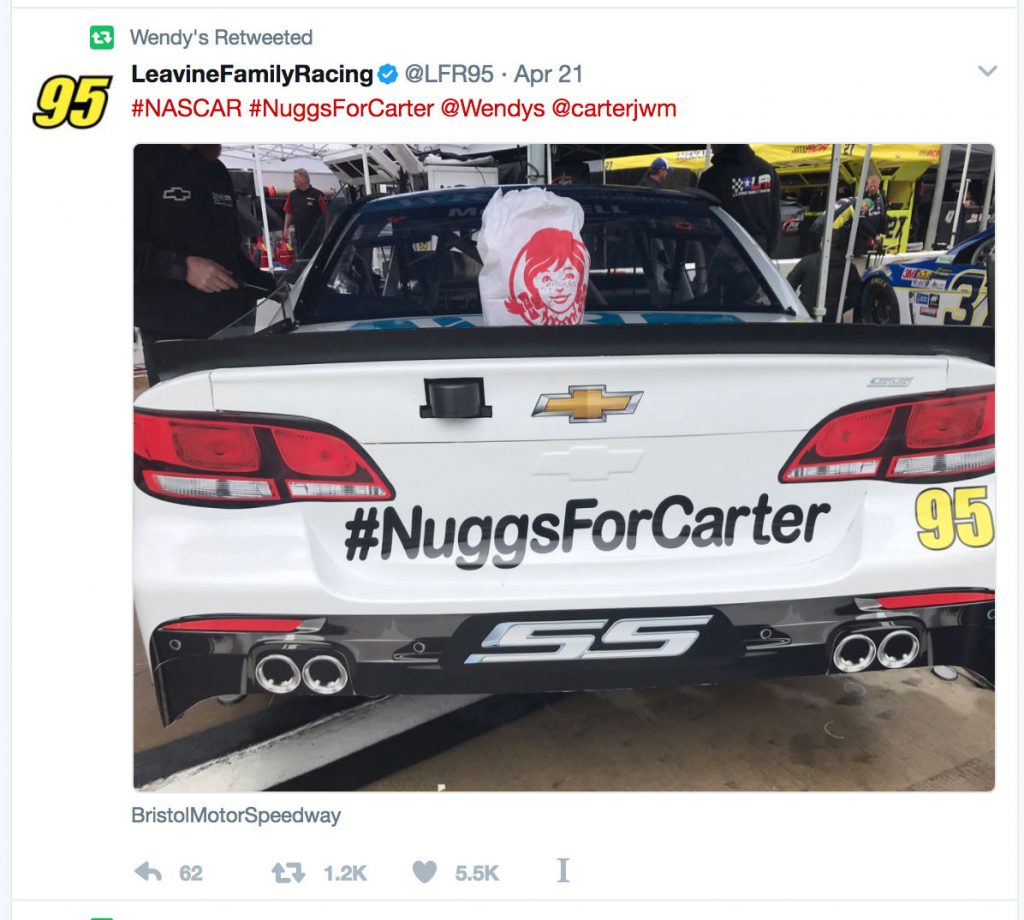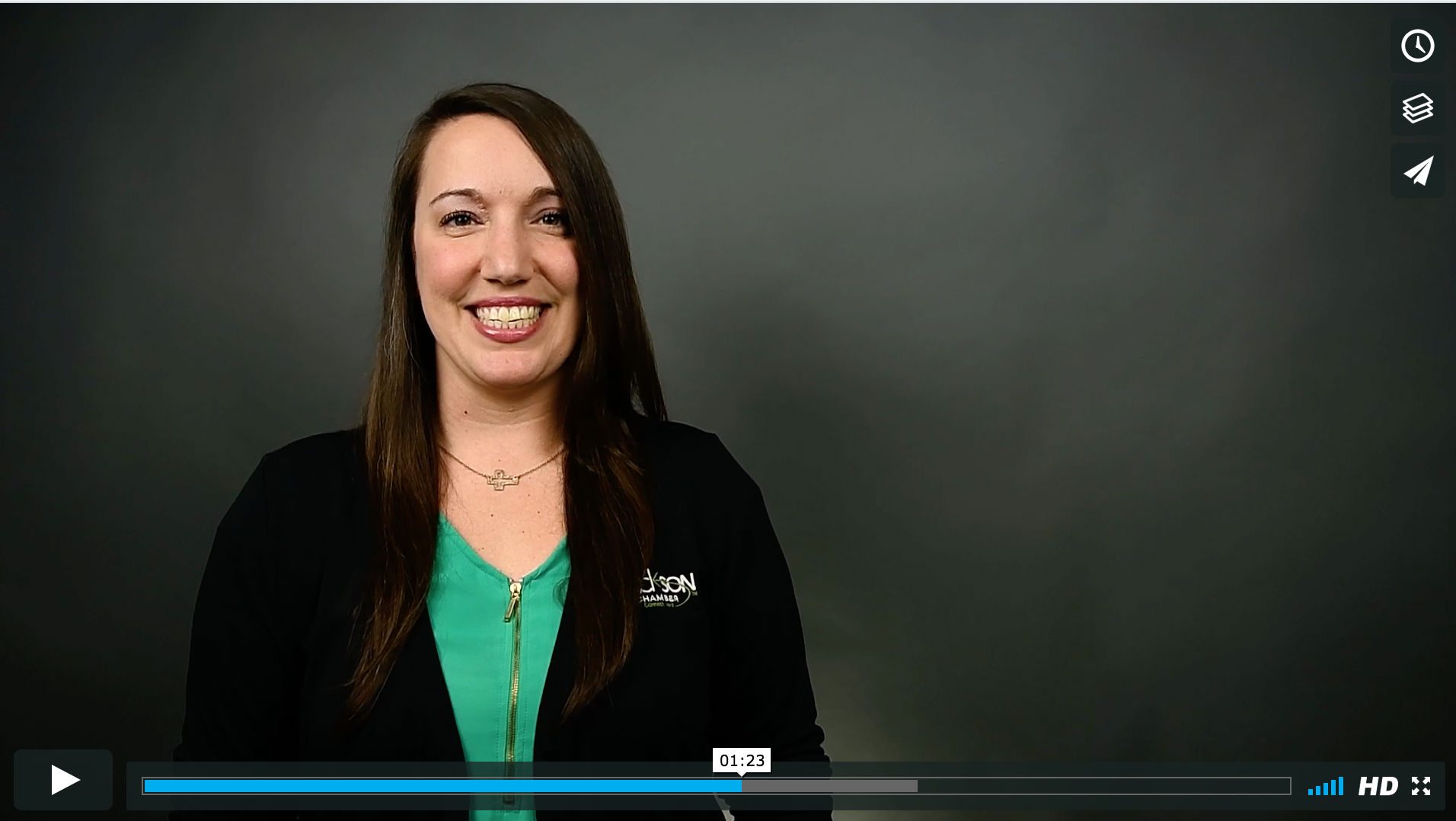I would be remiss if I didn’t write a blog about a person who embodies the freedom, permission, and motivation that Seth Gary and Dave have given me. This person has been with me since day one of the business and has allowed me to thrive as an entrepreneur. That person, of course, is my wife Renae.
Those of you that have met her, know she is awesome. But knowing what I know now about starting a business, a supporting spouse if critical. If your spouse was not supportive, it’s easy to see how entrepreneurship could lead to some serious marital troubles.
Sure, Renae was nervous when I told her I wanted to quit my job and start this business. There have been times where it was stressful. There are many Saturday mornings that I am not around because I am working or evenings I am not available to watch TV with but she has soldiered on.
We had to change our lifestyle when the business started, nary a word was spoken from Renae. We have had good weeks and bad months of the business but through it all, she has maintained her support. Never having to worry about coming home to a spouse who was angry about working a lot because of the business or a slow month is hard to place a value on.
When I talk to soon to be entrepreneurs, I usually tell them: Bring the boat close to the dock, the trough of sorrows is real, and that especially early on, the answer is yes to clients. But I need to add, “Make sure your spouse is all in, or you will be in trouble.”
Thank you, Renae, for making this challenging thing easier!
Read Part 1, Part 2, Part 3 of this series.





